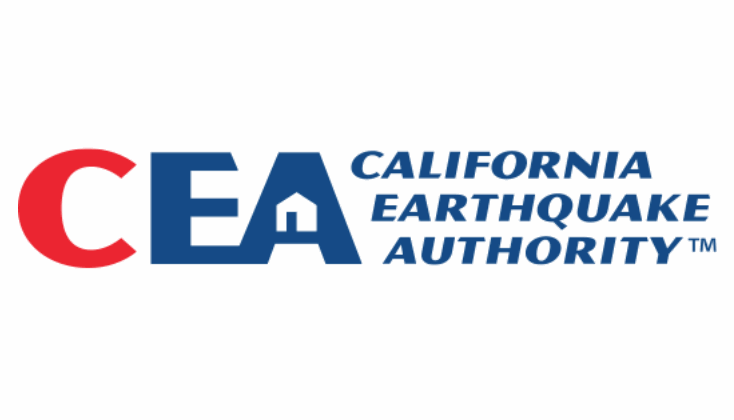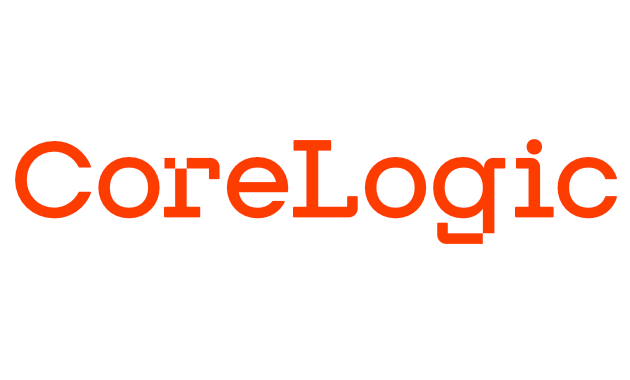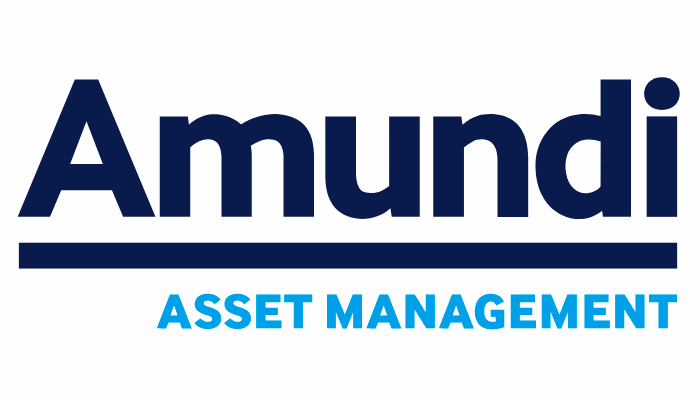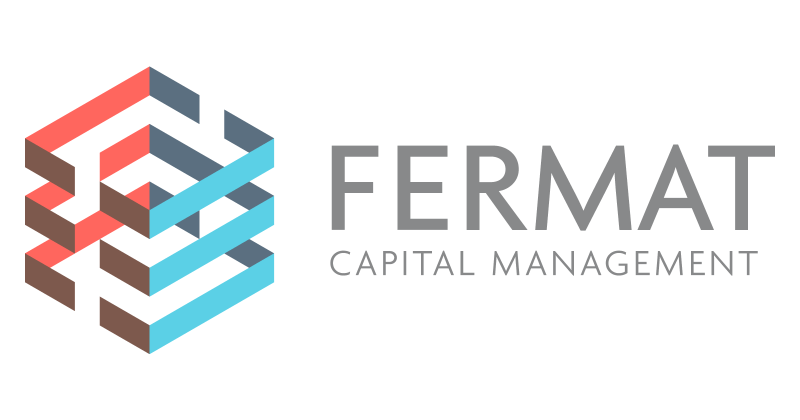Token launchpads are transforming blockchain ecosystems by making token creation simple and accessible. Platforms like Pump.fun, First Ledger, and MemeJob.fun have introduced new ways to engage users and drive network adoption. They emerged during a pivotal time when the crypto world is captivated by a memecoin supercycle craze.

This craze has fueled unprecedented interest in playful, community-driven tokens. Tokens like PEPE and DOGE have redefined how users interact with cryptocurrencies, blending humor with financial speculation. These trends have drawn new audiences into the crypto space, setting the stage for platforms like First Ledger and MemeJob.fun to thrive.
While these tools democratize access to blockchain technology, they also introduce risks for users. It’s crucial for individuals to perform their own due diligence and assess the risks associated with any blockchain activity, especially in the speculative retail sector like meme coins. Understanding market trends is essential, as is recognizing how these platforms might affect the adoption of networks like XRPL and Hedera, and their potential for long-term impact.
The Meme Coin Craze: Fueling a New Crypto Era
The “meme coin supercycle” has swept through the crypto markets, creating a frenzy of activity. These coins, often launched as jokes or community experiments, have achieved multi-billion-dollar valuations. This phenomenon stems from a mix of meme culture, retail speculation, and the desire for viral social engagement.
New Eyes on Established Networks
The meme coin craze, with its roots in grassroots participation, has introduced a new demographic to blockchain ecosystems. Platforms like Pump.fun on Solana initially popularized the concept of rapid token creation and trading. Now, similar platforms, such as First Ledger and MemeJob.fun, are bringing retail excitement to XRPL and Hedera.
For years, XRPL and Hedera prioritized scalability, enterprise-grade performance, and institutional partnerships. While these networks excelled in providing solutions for industries, they lacked the viral appeal of younger networks riding on retail enthusiasm. The meme coin movement changes this dynamic by:
- Broadening Accessibility: Token launchpads offer user-friendly platforms that make creating and trading tokens easy, lowering entry barriers for retail users.
- Driving Awareness: Meme coins are often discussed widely on social media, indirectly exposing users to the networks hosting them. This visibility boosts recognition of older networks among a new audience.
- Reviving Retail Interest: Platforms like First Ledger and MemeJob.fun help established networks compete with newer blockchains that traditionally catered more to individual users.
Industry Adoption Meets Retail Hype
Established networks like XRPL and Hedera have long been the backbone of institutional adoption in blockchain. They are renowned for their focus on scalability, governance, and enterprise use cases:
- XRPL: Known for its decentralized exchange (DEX), payment solutions, and tokenization of real-world assets, XRPL is a favorite among financial institutions. Ripple’s partnerships with entities like Archax demonstrate its alignment with institutional goals.
- Hedera: With council members such as Google, IBM, and Boeing, Hedera offers an enterprise-grade network designed for secure, scalable applications.
While these networks excel in the real world adoption of blockchain technology, the meme coin craze has highlighted how industry-grade infrastructure can also serve retail use cases. The launch of platforms like First Ledger and MemeJob.fun bridges that gap, blending institutional robustness with the accessibility and excitement of meme coins.
First Ledger: Smashing Records and Redefining Token Trading on the XRP Ledger
Instant Token Creation and Trading
First Ledger offers a seamless platform for creating and trading tokens on the XRP Ledger (XRPL). With features like Automated Market Makers (AMMs) and decentralized exchange (DEX) integration, it simplifies token liquidity. Users have already issued thousands of tokens, with the platform setting records for daily token creation.

Boosting XRPL Adoption
First Ledger has made significant inroads on the XRP Ledger, notably by breaking the all-time high for the number of new issued tokens in a single day, surpassing even the peaks seen during the 2021 token craze. Additionally, it has been processing around $40 million worth of transactions daily, indicating substantial activity. The platform has also attracted a surge in new users, with approximately 1,000 new users recorded hourly, showcasing its growing influence and adoption within the XRPL ecosystem. First Ledger adoption has led to XRPL integration into Dex Screener, providing a whirlwind of new eyes on XRP ecosystem projects. The surge in token issuance has driven increased wallet activity on XRPL. First ledger recognition recently sparked a partnership with Victus Capital, a leading VC firm in the blockchain space, Victus plans to allocate a portion of their fund to invest into XRP Ledger projects helping them to innovate and grow.

Recent Developments
The growing adoption of First Ledger coincides with XRP’s price increase, reflecting optimism around the network’s future. This rise aligns with the broader blockchain industry’s anticipation of a more favorable regulatory environment.
MemeJob.fun: Supercharging Hedera’s Retail Ecosystem
A Platform for Meme Coins
MemeJob.fun, developed by Hedera network veterans HeadStarter, brings meme coin creation to Hedera. Currently in public testnet, it invites users to experiment and provide feedback. Its mission is to enhance accessibility to the Hedera community by offering user-friendly tools and fostering a fun, interactive environment that encourages wallet creation, transactions, and community engagement.

Driving Hedera Adoption
The launchpad seeks to attract an additional user economy, strengthening Hedera’s position in decentralized applications (dApps) and games. This effort supports Hedera’s native token, HBAR, which has seen a recent surge in price and attention. Streamlining the creation of instantly tradeable tokens on the HBAR network may very well boost the meme coin scene on the network, potentially leading to increased liquidity and participation.
MemeJob.fun is strategically harnessing the power of social platforms like X and Telegram to cultivate a dynamic and engaged user community. This interaction is pivotal for its growth trajectory and the forthcoming mainnet launch, drawing inspiration from the proven success of similar meme platforms across other networks.
A Boost for Blockchain Networks
Token launchpads like First Ledger and MemeJob.fun are redefining how users interact with established networks like XRPL and Hedera. By lowering barriers to token creation, these platforms attract retail users, boosting wallet creations, transactions, and activity. On XRPL, First Ledger’s ease of use has driven significant wallet growth. Similarly, MemeJob.fun’s public testnet has introduced a wave of users to Hedera, aligning retail enthusiasm with network scalability.
These platforms also bolster institutional use cases by improving liquidity and showcasing network performance under high activity. Retail-driven trading deepens liquidity pools, supporting enterprise applications such as tokenized assets on XRPL and Hedera. Meanwhile, the high transaction volumes generated by token launchpads highlight the robust scalability of both XRPL and Hedera, proving their ability to handle diverse workloads without sacrificing speed or efficiency.
In addition to increasing activity, token launchpads act as gateways to broader ecosystem engagement. Users discover other network features, such as:
- dApps and NFTs: Platforms on Hedera and XRPL gain new audiences.
- Payment and DeFi Solutions: Enhanced by the influx of active participants.
- Developer Interest: Growth in user bases attracts builders seeking proven ecosystems.
By uniting retail energy with enterprise-grade infrastructure, these platforms transform XRPL and Hedera into dynamic networks poised for sustained growth and innovation.
XRPL and Hedera Renaissance: New Wave of Adoption
The rise of token launchpads like First Ledger and MemeJob.fun marks a defining moment in blockchain evolution. These platforms merge the excitement of the memecoin craze with the stability and scalability of established networks. They’ve opened the door for retail users to explore these ecosystems while simultaneously proving their capacity to support large-scale institutional applications.
What makes these developments truly remarkable is their ability to bridge communities. Retail users, developers, and institutions are finding common ground within these networks, driving liquidity, innovation, and broader adoption. Token launchpads demonstrate how established blockchains can remain relevant in a fast-changing industry by embracing new trends while retaining their core strengths.
As token launchpads continue to grow in popularity, XRPL and Hedera stand as examples of how blockchain networks can balance playfulness with purpose. By welcoming both memes and meaningful adoption, they are not just building communities—they are shaping the future of decentralized ecosystems.
*Disclaimer: News content provided by Genfinity is intended solely for informational purposes. While we strive to deliver accurate and up-to-date information, we do not offer financial or legal advice of any kind. Readers are encouraged to conduct their own research and consult with qualified professionals before making any financial or legal decisions. Genfinity disclaims any responsibility for actions taken based on the information presented in our articles. Our commitment is to share knowledge, foster discussion, and contribute to a better understanding of the topics covered in our articles. We advise our readers to exercise caution and diligence when seeking information or making decisions based on the content we provide.




















 English (US) ·
English (US) ·